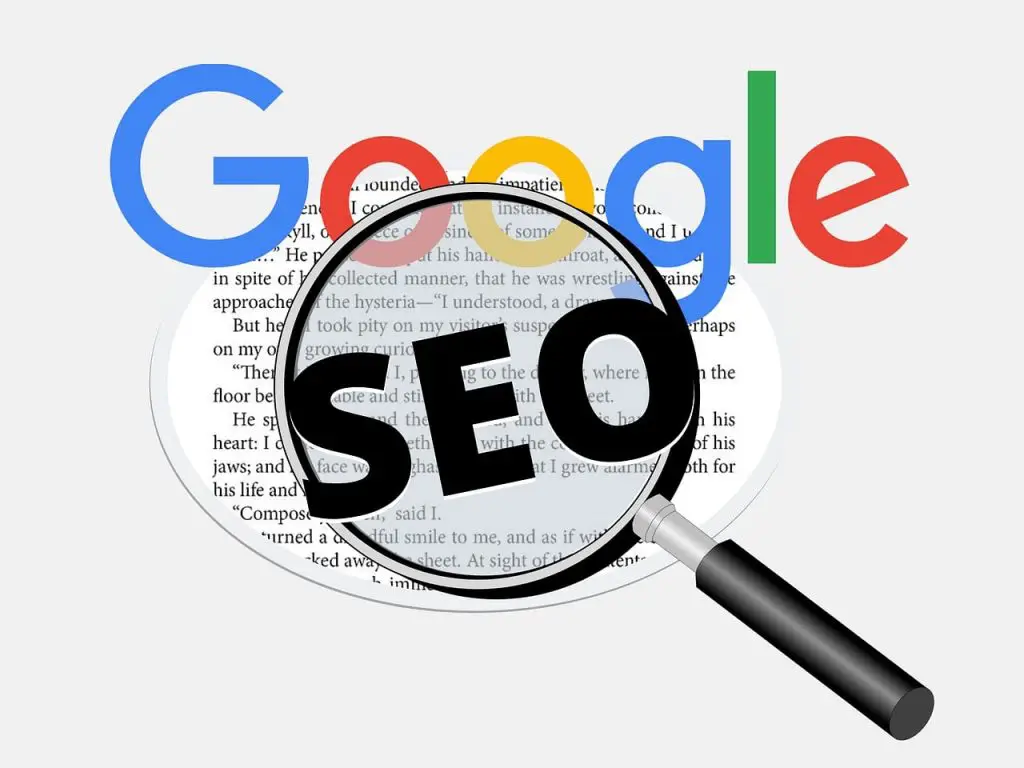Google will be implementing its latest search engine ranking factor, core web vitals, in 2021. Is your website ready? When Google rolls out a new algorithm, every web marketer will experience changes in their rankings. Top ranking websites might be pushed down or to some other page, while webpages that in the second page would rank well. This is nothing new. But, why should you always wait for an update to roll out and let the ranks drop significantly? Why don’t you focus on it prior to the changes?
While you spend a lot of time in focusing on SEO – keyword optimisation, content, backlinks, and mobile experience, Google pays attention to enhancing its users’ web page experience. Let’s see what Google Page experience update is and how to improve your webpage to sail through the update without negative impacts.
What is Google Page Experience Update?
Is this just yet another tactic by Google to make you revamp everything and get nervous for months? Well, no! See, Google’s new ranking metrics will become one of the major ranking factors that will greatly increase the rankings in upcoming years and for good reasons.
This algorithm update is to measure the type of experience visitors get when they browse a website. Providing a high-quality page experience is what all about Core Web Vitals are.
So, what determines the quality of a webpage experience? The following are the search signals for page experience, according to Google.
- Mobile-friendliness
- Safe browsing
- Core web vitals
- Https
- Non-Intrusive Interstitials
What exactly are core web vitals?
To understand Google’s latest algorithm update, you need to first know what Core Web Vitals is. Google describes Core Web Vital as real-world page experience metrics. However, core web vitals are nothing new. Yes, it is all about page load speed. So far, the Speed of the page helped to determine the load time. But, as per Google, Core Web Vitals breaks speed down into three separate metrics, including
- Loading (LCP – Largest Contentful Paint) – measure the load speed and marks the point when the page’s main content has likely loaded
- Interactivity (FID- First Input Delay) – This is to measure the responsiveness and quantify the experience users feel when they land on a webpage
- Visual Stability (CLS – Cumulative Layout Shift) – measure visual stability
This particular page experience update from Google will make an important shift in SEO.
How to improve your site?
You have to do anything new. The fixes that you have used to enhance your page load speed would also help with Core Web Vitals. According to Google,
- Reduce the page size to less than 500kb
- For optimal mobile responsiveness, limit the number of page resources to 50
- Use AMP for improving page load speed
Core Web Vitals and SEO will go hand-in-hand in the coming years. So, don’t ignore this ranking factor. Is your website following the best practices according to core web vitals? Get help from out experts. We, SEO Company provide various SEO packages Sydney to help achieve your SEO goals.




 '
'